-
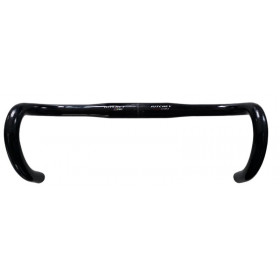 New productCarbon road Ritchey WCS logic curve handlebar 45 cms
New productCarbon road Ritchey WCS logic curve handlebar 45 cms- €149.99
-
 New product -37%Mustache handlebar bike 54 cms aluminium polished
New product -37%Mustache handlebar bike 54 cms aluminium polished- €20.15
- €31.99
-
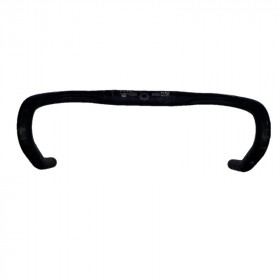 UsedRoad handlebar Pike GAAS 44 cms OS
UsedRoad handlebar Pike GAAS 44 cms OS- €8.99
-
 UsedBontrager VR-S OS compact handlebar
UsedBontrager VR-S OS compact handlebar- €19.99
-
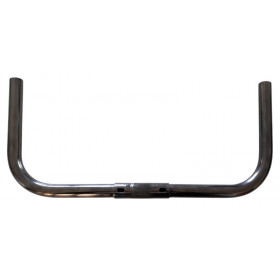 New productBullhorn handlebar bike
New productBullhorn handlebar bike- €24.99
-
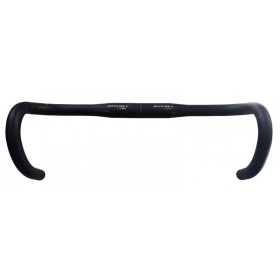 UsedAluminium Ritchey WCS logic curve handlebar 46 cms
UsedAluminium Ritchey WCS logic curve handlebar 46 cms- €9.99
-
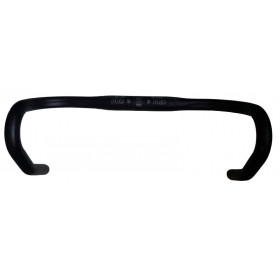 UsedErgonomic road handlebar PRO LT 44 cms OS
UsedErgonomic road handlebar PRO LT 44 cms OS- €10.99
-
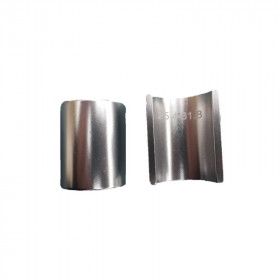 New productAlloy handlebar stem shims 31.8 mm 25.4 mm
New productAlloy handlebar stem shims 31.8 mm 25.4 mm- €4.49
Showing 1-8 of 8 item(s)
The gravel handlebar play a vital role in steering and controlling the bike on a variety of terrains. It is a key gravel component. Here are its main functions and characteristics:
Function of a gravel handlebar :
1. Management control:
The handlebar allows the rider to steer the bike by turning the handlebars left or right, providing precise steering control.
2. Driving position:
The choice of handlebar type can influence the rider's riding position. Some handlebars offer a more raised and relaxed position, while others favor a more aggressive and aerodynamic position.
3. Stability:
A good handlebar helps maintain the stability of the bike, which is especially important when riding on varied terrain such as dirt roads and gravel.
4. Ergonomics:
The handlebars are designed to provide a comfortable, ergonomic grip, allowing the rider to ride for extended periods of time without excessive hand or arm fatigue.
Features of a handlebar gravel :
1. Shape:
Gravel handlebar come in a variety of shapes, each offering specific benefits in terms of riding position, comfort and control. Common shapes include drop-bar, flared-drop, flat-bar and bullhorn handlebars, each suited to different riding styles and personal preferences.
2. Width:
Gravel handlebar width may vary depending on bike frame size and rider preference. Wider handlebars generally provide better stability and control on technical terrain, while narrower handlebars promote a more aerodynamic position.
3. Flare:
Some gravel bike handlebars feature a flare, meaning the ends of the handlebars are angled slightly outward. This provides a more natural driving position and better stability when driving on technical terrain or during tight turns.
4. Compatibility with accessories:
Some handlebars are equipped with mounts to mount accessories such as bottle cages, panniers or navigation systems, providing greater versatility for long journeys or bikepacking adventures.
In summary, a gravel bike's handlebar is a critical component that influences riding position, bike control, and rider comfort on a variety of terrains. With a wide variety of shapes and features available, there are options to suit every driving style and personal preference.
